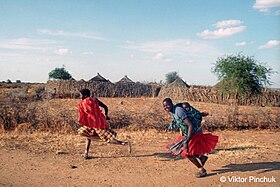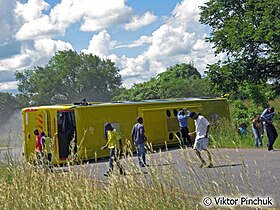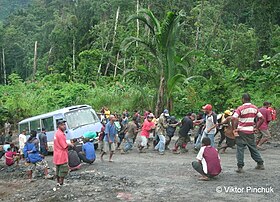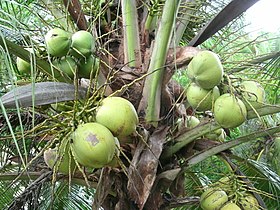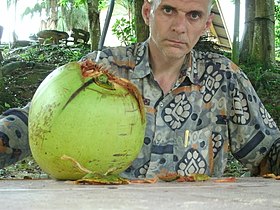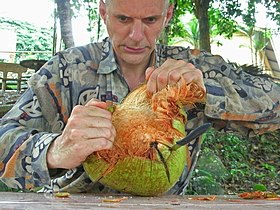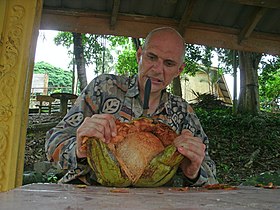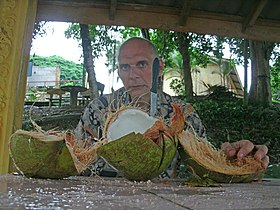Basics of fine-art photography/Creating works in narrative photography
Narrative photography is a genre which allows a photographer to test himself in the role of a "writer", creating works that silently tell to viewer the stories of depicted objects.
General information
[edit | edit source]Narrative photography may consist of several parts, where each subsequent image continues the previous one, but the classic version — when author's single work can tell a story that a person who has imagination will comprehend.
Ways of implementation
[edit | edit source]The genre overlaps with street, genre, documentary, and reportage photography described in the textbook. For creating an original works you need to be in a state of motion, moving between cities, countries, continents; always have a camera at the ready, because an interesting scene can appear to you unexpectedly. It is not difficult to guess that travelers, in particular supporters of hobo tourism, overcoming multi-kilometer routes of long intercontinental wanderings, involving many meetings with people of different views, religions and ethnic traditions, have more chances.
Consider the examples below.
- Anger. The reaction of an Ethiopian woman to the mzungu camera lens: Ethiopians don't like to be photographed, like the inhabitants of some other African countries.
- Escape. A similar case. The reaction of girls from the Ugandan hinterland to the camera in the hands of a white foreigner.
- Who settled in the pyramid? Local children look into pyramid of the ancient kingdom of Meroë, where a weird stranger lay down to rest.
- Branding. In the wilds of Tanzania, the Barabaig people brand a pet, not to show it to the traveler, but because it is necessary.
- Car accident. Two passenger buses were moving along the highway from Windhoek to Lusaka, the second one tried to overtake. The author of the photo was in the first, surviving vehicle.
- Queue. A crowd of people who want to go down from the Huangshan mountain range with the help of a cable car.
- Staring into the abyss. Five Laotian monks carefully and thoughtfully peer into the abyss of falling water. What are they thinking?
- Breakage on the way. Intercity bus stuck in the middle of the Papuan jungle. The author of photo was present as a passenger.
- Decay. The photo was taken in a suburban wasteland, wich turned into a spontaneous dump by locals. Disposes to philosophical reflections on the frailty of being.
- By surprise. (or Uninvited guest). A tiny village in the deep jungle of Pentecost Island. A sudden press of the camera shutter button. Didn't anticipate?
- 12. 13. 14. 15. Coconut fight. True photo story of how the author, with difficulty knocked down a coconut, and tried to open it with improvised means. Was published in the newspaper "Republic of Crimea" dated 13. 12. 2013. — No. 28 (1000).
From the description, we can make a logical conclusion that the creation of photographs in this genre requires time, effort and (preferably) moving around the planet.
Gallery
[edit | edit source]-
Anger (Addis Ababa, Ethiopia, 2006)
Photo taken on a First creative trip to Africa -
Car accident (Namibia, 2011)
Photo taken on a Third creative trip to Africa
-
Queue (Huangshan, China, 2013)
Photo taken on a Papuan expedition -
Breakage on the way (Papua New Guinea, 2013)
Photo taken on a Papuan expedition
Photos taken in Malaysia, during the author's expedition to Papua New Guinea (2013)
-
Prologue
-
Coconut fight (1)
-
Coconut fight (2)
-
Coconut fight (3)
-
Epilogue

